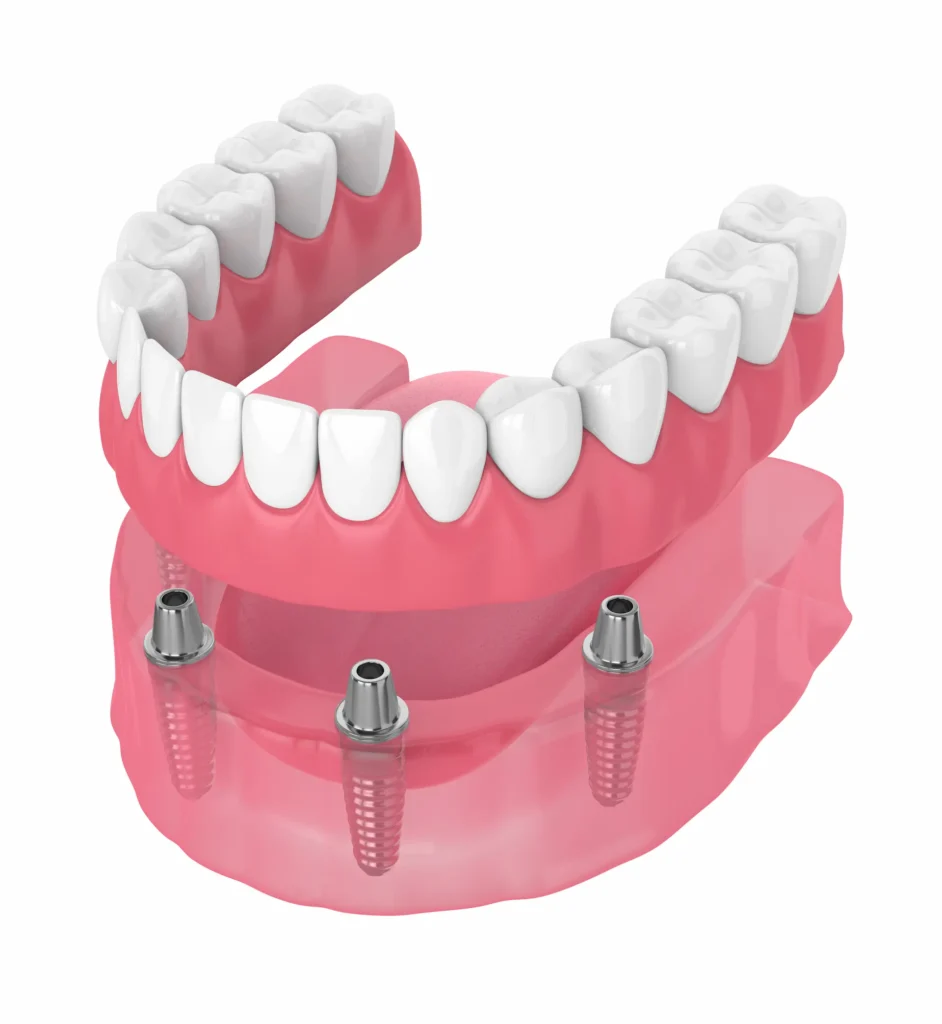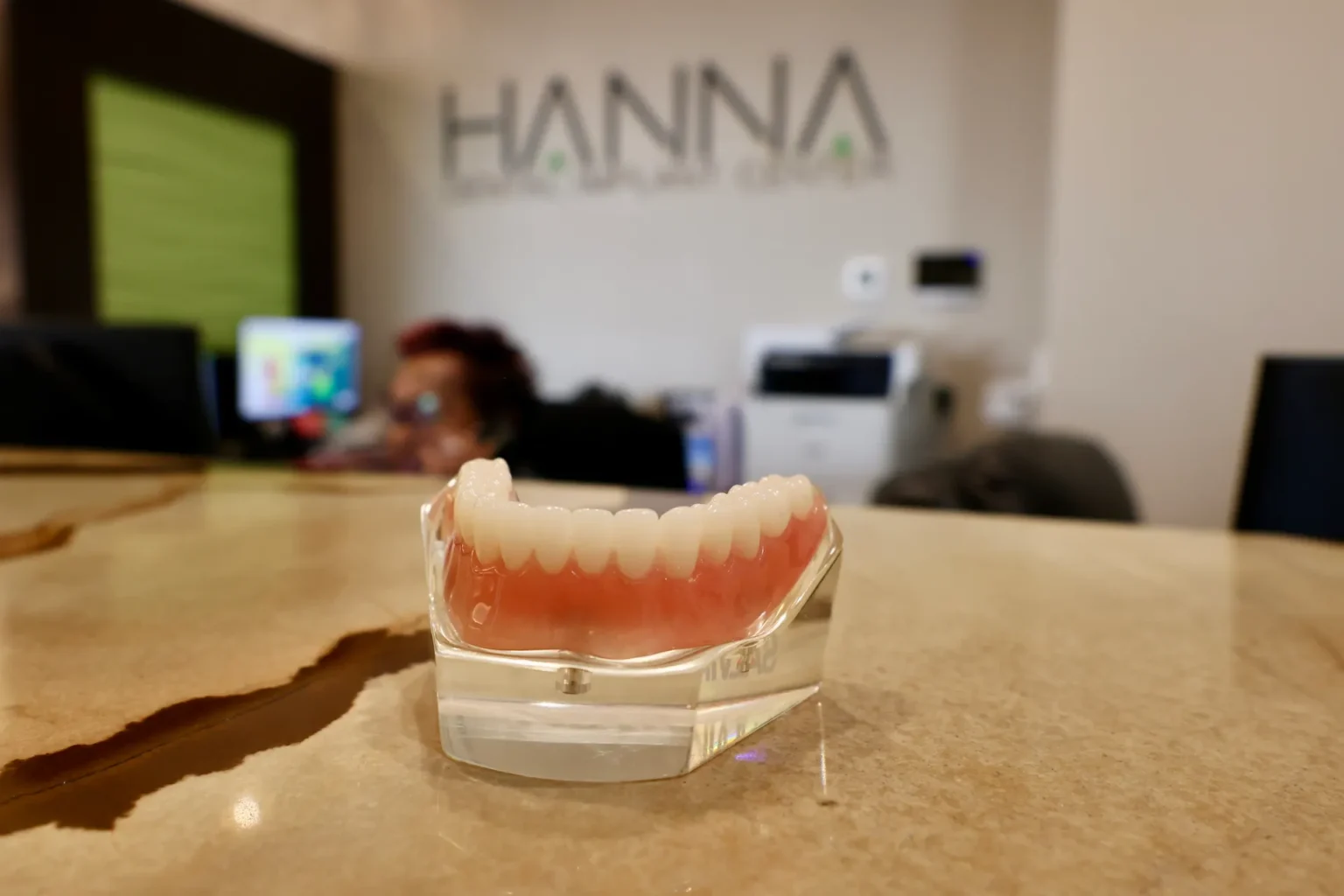Denture implants are an advanced dental solution meticulously crafted to replace missing teeth, presenting a more durable and secure alternative to traditional dentures.
These implants are carefully inserted into the jawbone, creating a robust base for artificial teeth. This not only enhances the aesthetics of your smile but also elevates your overall oral health.
In this article, we will explore the different types of denture implants, enabling you to grasp their significance and comprehend how they can effectively restore functionality and boost your confidence in showcasing your radiant smile.
Types of Denture Implants
Denture implants represent a significant advancement in dental care, offering individuals with missing teeth a way to restore their smiles effectively. These implants come in different types, each designed to meet specific dental conditions and requirements.
From providing a sturdy foundation in the jawbone to accommodating unique jaw structures where traditional implants may not be feasible, denture implants are tailored solutions for various dental needs. Their adaptability and effectiveness make them a popular choice for those looking to improve their dental health and regain a confident, functional smile.
The following are the three most common types of denture implants:
Endosteal Implants
Endosteal implants are the most commonly used type of denture implants. They are placed directly into the jawbone and act as a strong, stable foundation for replacement teeth. These implants are typically made of materials like titanium and are shaped like small screws. This type of implant is ideal for patients with a healthy jawbone, providing a durable, long-lasting solution for missing teeth.
Benefits of Endosteal Implants
- Mimics real teeth in appearance and function.
- They are long-lasting solutions to missing teeth, potentially a lifetime.
- Stimulates jawbone, maintaining facial structure.
- Preserves more natural teeth and is easier to clean.
- High success rate of over 95% success rate.
- Improves self-esteem with a better smile.
Subperiosteal Implants
Subperiosteal implants are suitable for patients with insufficient jawbone height or width to support endosteal implants. Subperiosteal implants rest on top of the jawbone, under the gum, but above the bone. They are held in place with a metal framework that protrudes through the gum to hold the replacement teeth. This type of implant is less common but provides a viable alternative for those who cannot have a bone augmentation procedure to build up the jawbone.
Benefits of Subperiosteal Implants
- Ideal for patients with insufficient jawbone.
- Less invasive than endosteal implants, no bone grafting is needed.
- Faster healing time compared to endosteal implants.
- Provides stable support for dentures.
- Enhances chewing and speaking abilities.
- Offers a natural-looking dental restoration.
- Helps prevent further bone loss and facial sagging.
Zygomatic Dental Implants
Zygomatic implants are an advanced type of implant used in more complex cases where the jawbone is unsuitable for conventional implants. These implants are anchored in the cheekbone rather than the jawbone. They are typically used when there is significant bone loss in the upper jaw, and standard implants are not an option. Zygomatic implants are longer than regular implants and require a specialized surgical technique.
Benefits of Zygomatic Dental Implants
- Suitable for patients with significant jawbone deterioration.
- Eliminates the need for time-consuming and invasive bone grafts.
- Allows for immediate placement of provisional teeth.
- Reliable and effective even in challenging cases.
- Provides a durable, long-lasting dental restoration.
- Helps maintain facial structure by supporting the cheekbones.
- Offers comfortable use and improves chewing and speaking.

Advanced Techniques and Variations in Dental Implantology
In addition to the main types of denture implants, there are specialized techniques and variations in dental implantology. These include procedures to enhance the jawbone’s structure for implant support, such as bone augmentation, sinus lifts, and ridge expansions.
Let’s discuss the advanced techniques and variations below:
Bone Augmentation
Bone augmentation involves adding bone to the jaw to provide a solid foundation for implants. This technique is used when the jawbone is not robust enough to support implants on its own.
Sinus Lift
A sinus lift is a technique that adds bone below the sinus cavity. This is particularly useful for supporting implants in the upper jaw, especially when the bone height near the sinus is insufficient.
Ridge Expansion
A ridge expansion is a technique used to widen a narrow jawbone. This allows for the placement of more implants, enhancing the support for dentures or other dental prosthetics.
3D Imaging
3D imaging involves using CT scans to create a detailed image of the jawbone. This technology allows for precise planning and placement of implants, reducing risks and improving the success rate of the implant procedure.
Immediate Load Dental Implants
This approach involves placing implants and attaching temporary teeth on the same day. While it reduces treatment time, it’s only suitable when there’s adequate bone support and carries a higher risk of failure compared to traditional methods.
Benefits of Immediate Load Dental Implants:
- Teeth can be placed soon after implant surgery.
- Eliminates the waiting period for bone healing.
- Quick restoration of chewing and speaking abilities.
- Immediate improvement in smile and appearance.
- Minimizes overall discomfort and recovery time.
- Reduces the number of appointments needed.
- Offers immediate satisfaction and boosts confidence.
Mini Dental Implants
Mini dental implants are smaller in diameter and require minimal surgery. They are used to support single crowns or dentures and are a more affordable option, though they have a higher risk of failure.
Benefits of Mini Dental Implants:
- Smaller size requires less invasive procedures.
- Faster healing time compared to traditional implants.
- Generally more cost-effective than standard implants.
- Suitable for patients with less jawbone density, without grafting.
- Ideal for securing loose dentures.
- It Can often be used immediately.
- Reduced pain and discomfort during and after the procedure.
All-on Dental Implants
All-on dental implants (All-on-4, All-on-6) involve placing four implants in the available bone to support a full arch of new teeth. This method provides a stable and natural-looking solution. This type of implant is particularly beneficial for those with significant bone loss.
Benefits of All-on Dental Implants
- Replace all teeth in an arch with just four implants.
- Immediate placement of temporary teeth.
- Prevents further bone loss, maintaining facial structure.
- Enhances chewing, speaking, and comfort.
- Offers a lifelike and aesthetic dental solution.
- Durable and lasting teeth replacement.
- Easy maintenance with simplified cleaning and oral hygiene practices.
Which Implant is Right for You?
Choosing the right denture implant is crucial for achieving the best dental results for your dental health and smile. It’s important to consult with implant dentists who can assess your dental needs, health conditions, and budget. They can discuss different implant types and techniques’ risks, benefits, and expected outcomes.
Selecting an experienced implant dentist ensures you receive expert advice and treatment tailored to your needs. This step is key in finding the implant solution that best suits you, ensuring a successful and satisfying outcome.
Trust in Expertise for Your Dental Implant Needs
Understanding the various types of denture implants and the advanced techniques available is crucial for anyone considering dental implants. However, consulting a trusted dental implant specialist is the key to a successful implant.
A specialist like Dr. Raouf Hanna and his team at Hanna Dental Implants can provide expert guidance on the most suitable implant type for your needs. Their experience and expertise ensure that your implant procedure is performed correctly, leading to lasting results.
Remember, the right implant can significantly enhance your smile and oral health. To take the first step towards restoring your smile with confidence, schedule a no-cost consultation with Hanna Dental Implants.
Frequently Asked Questions
What are the types of dental implants?
There are many types of dental implants, but the three most common include Endosteal, Subperiosteal, and Zygomatic. The most widely used endosteal implants are surgically placed in the jawbone and serve as a base for artificial teeth. Subperiosteal implants sit atop the jawbone but under the gums, suitable for those with insufficient jawbone density. Zygomatic implants are less common, anchored in the cheekbone instead of the jawbone, and used mainly when jawbone quality is inadequate for other implant types.
What type of tooth implant is best?
The optimal tooth implant varies for each individual. Endosteal implants are generally preferred for their durability and stability, suitable for patients with good jawbone health. Subperiosteal implants may be recommended for those who can’t undergo bone augmentation. The choice of implant should be made in consultation with a dental specialist, considering factors like oral health, jawbone condition, and specific dental needs.
How much does a tooth implant cost?
It depends. The cost of tooth implants can vary significantly based on factors like the type of implant, geographic location, the complexity of the dental procedure, and additional treatments required (like bone grafting). Generally, endosteal implants might cost more due to the surgical nature of the procedure. Prices can also vary between individual dental practices.



